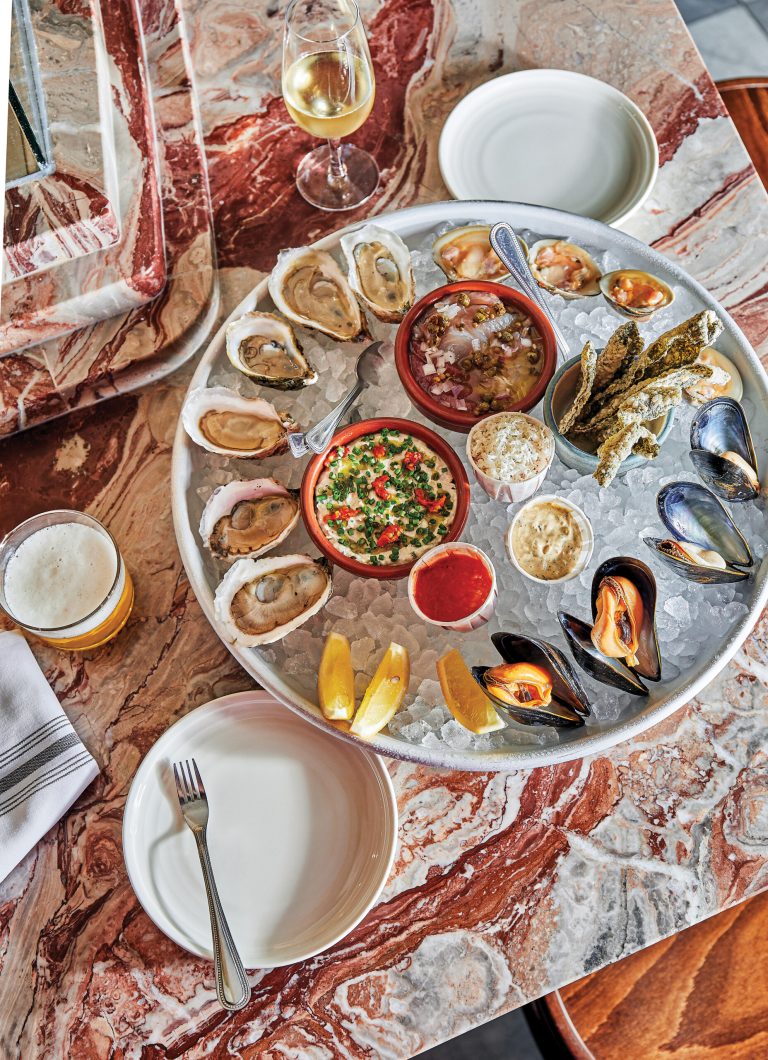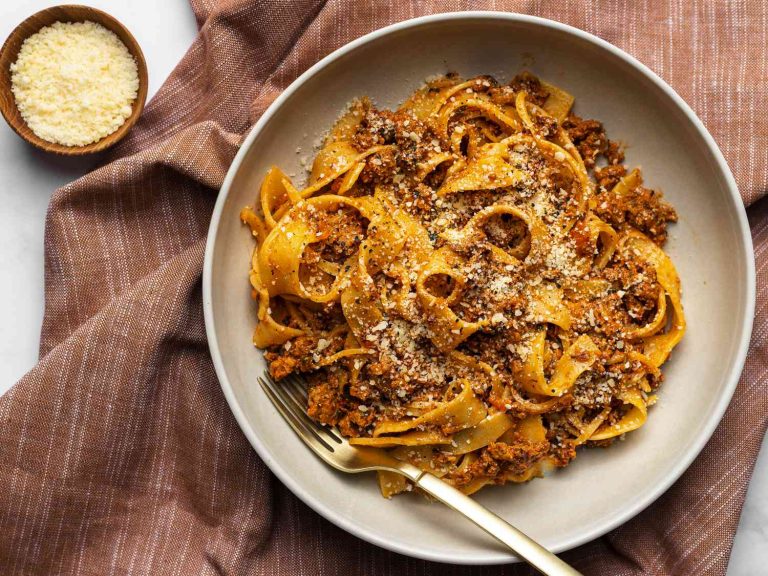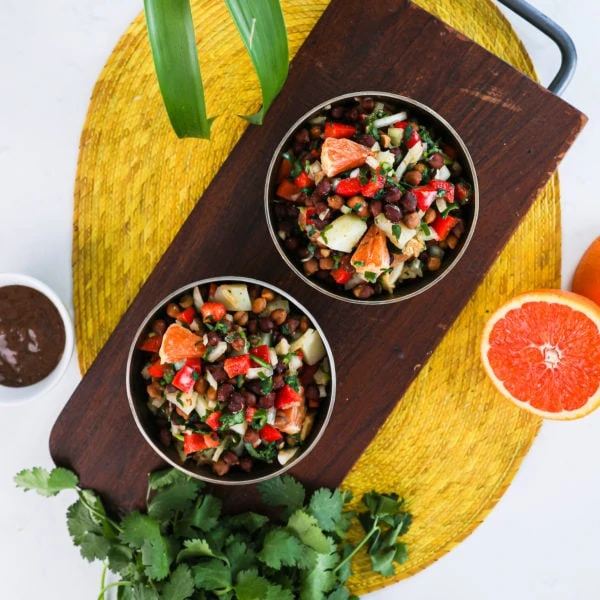Dominican Sancocho Latin Meat Stew: Origins, Recipe, and Perfect Drink Pairings
True Dominican Sancocho traces its roots to the diverse influences of the Dominican Republic’s rich history. Indigenous Taíno, African, and Spanish culinary traditions converge in this hearty stew. Sancocho signifies more than sustenance in Dominican culture. It serves as a centerpiece at gatherings, symbolizing unity and abundance.
Throughout the years, this dish has adapted, yet it retains its core elements reflecting Dominican heritage. You’ll find Sancocho at celebrations, family reunions, and communal festivals, demonstrating its integral role in cultural identity.
Key Ingredients and Variations
Sancocho requires a combination of meats and root vegetables to achieve its rich flavor. Common meats include beef, chicken, pork, and goat. Each meat adds a unique taste, making the stew complex and flavorful. Vegetables like yucca, plantains, and potatoes provide hearty textures. Herbs and spices such as cilantro, oregano, and garlic enhance the aromatic profile.
Variations of Sancocho exist depending on regional preferences and available ingredients. Some versions might feature seven types of meats, known as “Sancocho de Siete Carnes.” Others might include seafood or omit specific vegetables. This adaptability makes each Sancocho unique to the cook’s preference while staying true to its foundational essence.
How to Prepare True Dominican Sancocho
Necessary Cooking Equipment
Use the right tools for the best results. Gather a large pot, ideally with a heavy bottom. This will help evenly distribute heat. Use a sharp knife for cutting meats and vegetables. A sturdy cutting board ensures safer and more efficient prep work. Include a ladle for stirring and serving the stew. Measuring cups and spoons ensure accurate ingredient quantities. Lastly, have a colander on hand for washing your root vegetables.
- Prepare the Meats: Cut your chosen meats (e.g., beef, chicken, pork) into bite-sized pieces. Season them with salt, pepper, oregano, and a squeeze of lime juice. Let them marinate for at least 30 minutes.
- Brown the Meats: Heat a small amount of oil in your pot. Brown the meats in batches, ensuring they sear properly and develop a rich flavor. Remove them and set aside.
- Sauté Vegetables: In the same pot, add chopped onions, bell peppers, and garlic. Sauté until translucent, enhancing the stew’s aromatic base.
- Add the Root Vegetables: Incorporate diced yucca, plantains, and carrots. Stir well to coat the vegetables in the sautéed aromatics.
- Combine Ingredients: Return the browned meats to the pot. Pour in enough water to cover all ingredients. Bring to a boil, then reduce to a simmer.
- Season the Stew: Add cilantro, cumin, and a bay leaf. Season with salt and pepper to taste. Let the stew simmer for 1.5 to 2 hours until the meats are tender.
- Final Adjustments: Skim off any excess fat from the surface. Taste and adjust the seasoning as needed.
- Serve: Garnish with fresh cilantro. Serve hot with white rice or tostones (fried plantains) for a complete meal.
Each step ensures your True Dominican Sancocho is flavorful and authentic, capturing the essence of this cherished cultural dish.
Serving and Enjoying Sancocho
Traditional Side Dishes
Complement True Dominican Sancocho with traditional side dishes. White rice often accompanies sancocho, helping to soak up the rich broth. Tostones (fried plantains) offer a crispy contrast to the tender stew. Avocado slices add a creamy texture, balancing the hearty flavors. Serve slices of crusty bread on the side for dipping. Don’t forget a fresh salad that adds a refreshing crunch, often featuring lettuce, tomatoes, and onions dressed lightly in vinegar and oil.
Tips on Presentation and Garnishes
Present sancocho attractively to elevate the dining experience. Use deep bowls to serve the stew, ensuring each serving gets a balanced portion of meat and vegetables. Garnish with freshly chopped cilantro or parsley for a touch of color and added freshness. Lime wedges on the side let diners add a splash of citrus if they like. Drizzle a bit of extra virgin olive oil on top for a glossy finish. For a festive look, serve with a sprinkle of diced red bell peppers or a few slices of jalapeño.
Pairing Drinks With Sancocho
Non-Alcoholic Beverages
Non-alcoholic beverages complement the rich flavors of True Dominican Sancocho. Opt for options that cleanse the palate and enhance the dining experience. Fresh juices like passion fruit, tamarind, and guava provide a sweet and tangy contrast to the hearty meat and vegetables. These juices offer natural sweetness without being overpowering.
Herbal teas also pair well with sancocho. Choose mint or chamomile tea to provide a soothing, aromatic balance. These teas aid digestion and offer a light, refreshing complement.
Traditional options include agua de panela (cane sugar water) and coconut water. Agua de panela provides a sweet, energizing drink, while coconut water offers a hydrating, mild flavor.
Alcoholic Beverages
Alcoholic beverages add an extra layer of enjoyment to True Dominican Sancocho. Light, crisp beers like lagers or pilsners work well, balancing the stew’s complexity with their refreshing qualities. For a more traditional pairing, select a Dominican beer like Presidente.
Wines can also enhance your sancocho experience. Choose a full-bodied red wine, such as Malbec or Tempranillo, to match the stew’s rich, meaty flavors. These wines offer robust notes that complement the complexity of the dish.
Rum-based cocktails bring a Caribbean touch to the meal. Serve a classic mojito or a rum punch for a vibrant, festive pairing. These cocktails provide a refreshing flavor, cutting through the richness of the sancocho.
Conclusion
True Dominican Sancocho is more than just a stew; it’s a celebration of Dominican heritage and culinary artistry. By following the detailed steps for preparation and choosing the right beverages, you can elevate your Sancocho experience. Whether you’re pairing it with refreshing juices or a robust red wine, the right drink can make this hearty dish even more enjoyable. Embrace the flavors and traditions of the Dominican Republic in your own kitchen and share the warmth and richness of Sancocho with your loved ones.






